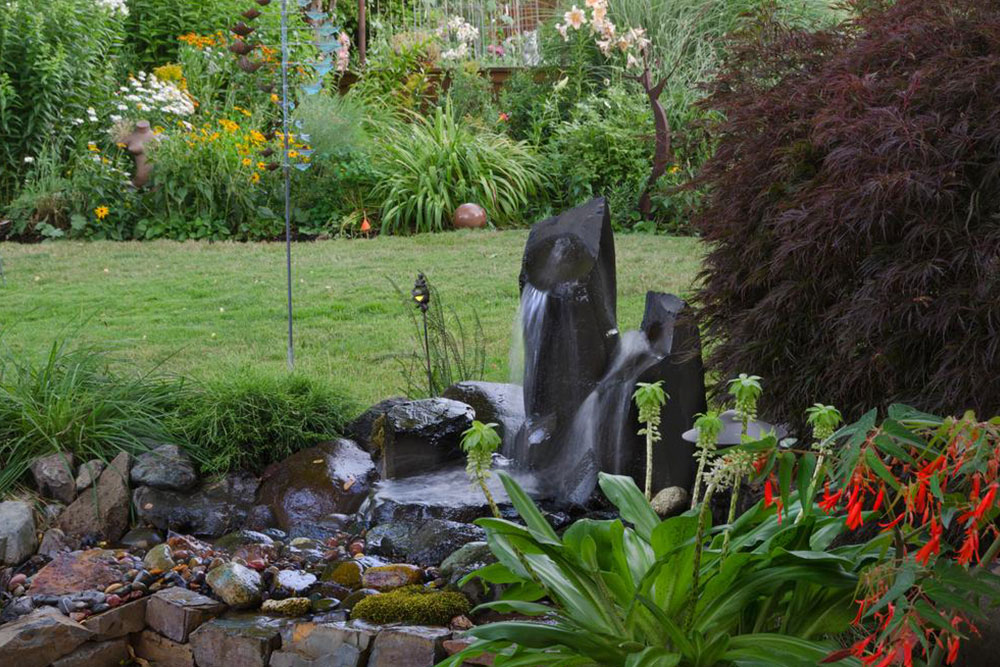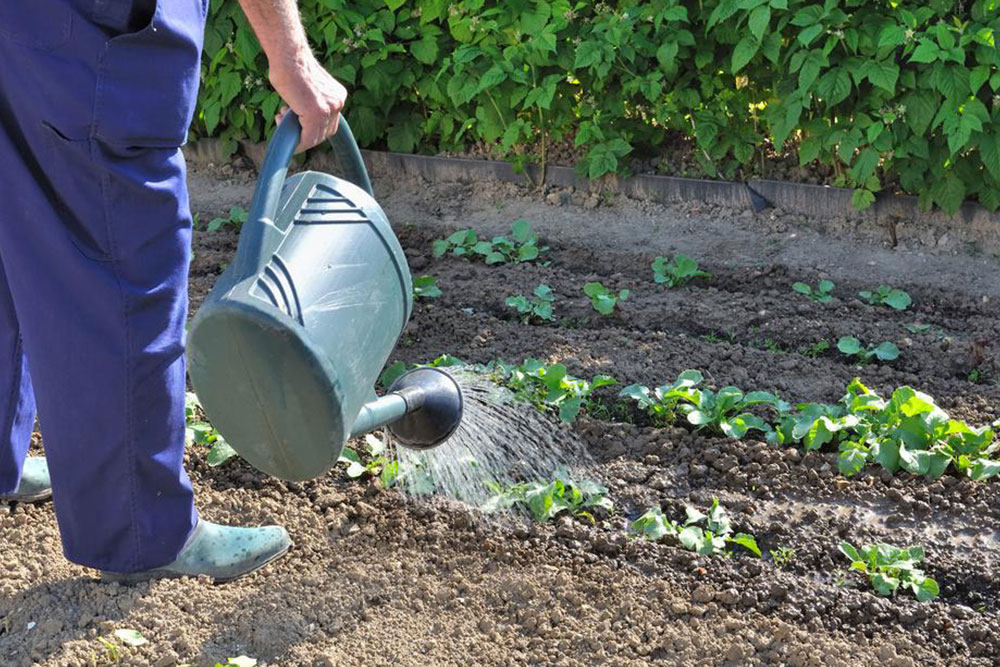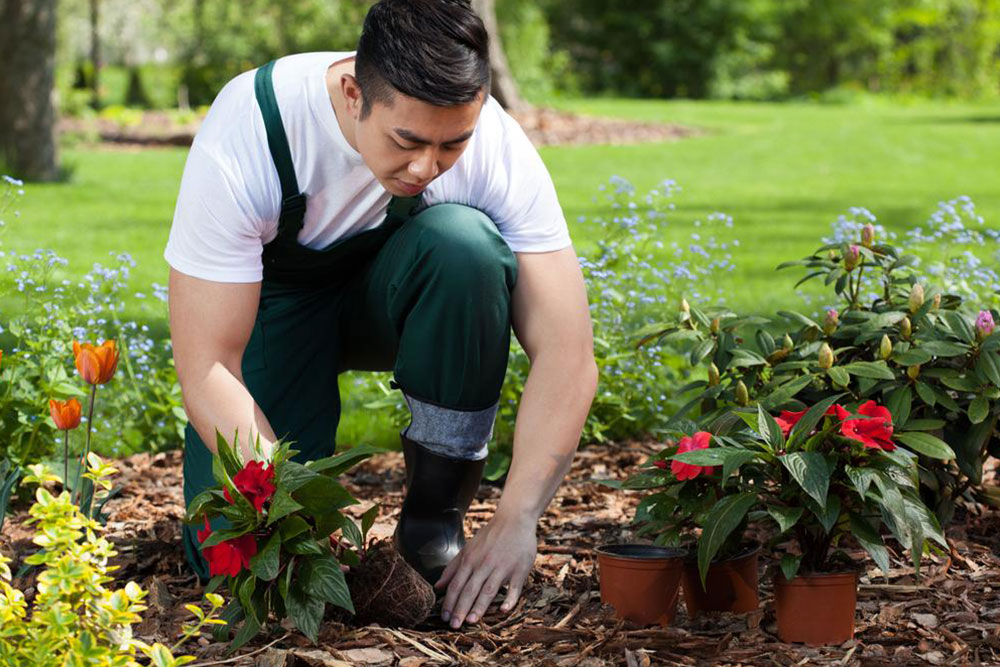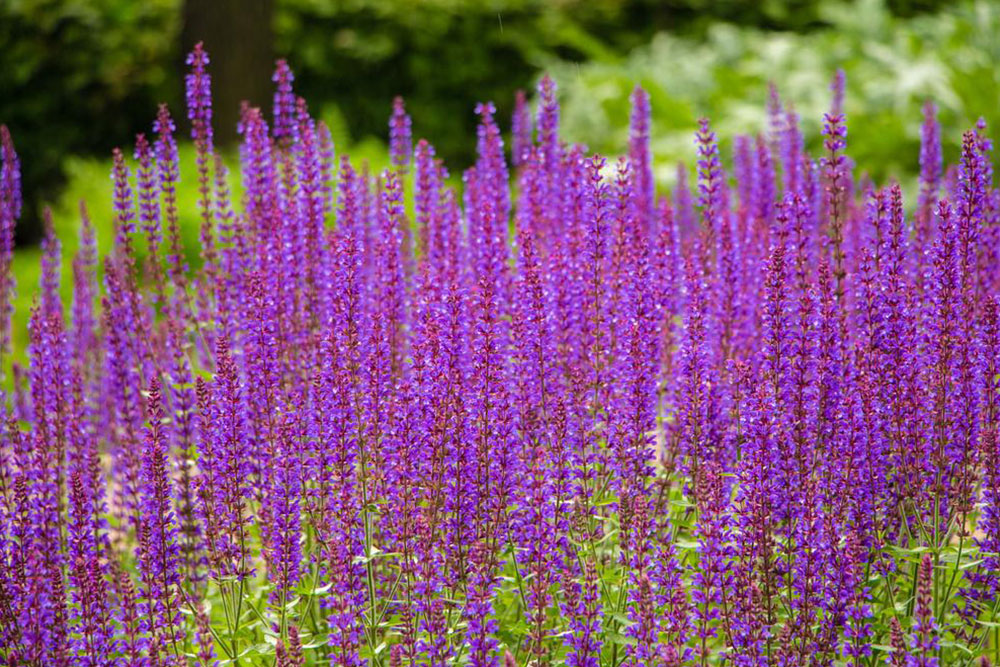Essential Guide to Planting and Maintaining Hydrangea Shrubs
Discover essential tips for planting and caring for hydrangeas, including soil preferences, watering needs, pruning techniques, and how soil pH influences flower color. This guide helps gardeners cultivate vibrant hydrangea bushes successfully through seasons. Perfect for enthusiasts seeking lush, colorful displays in their garden.
Sponsored
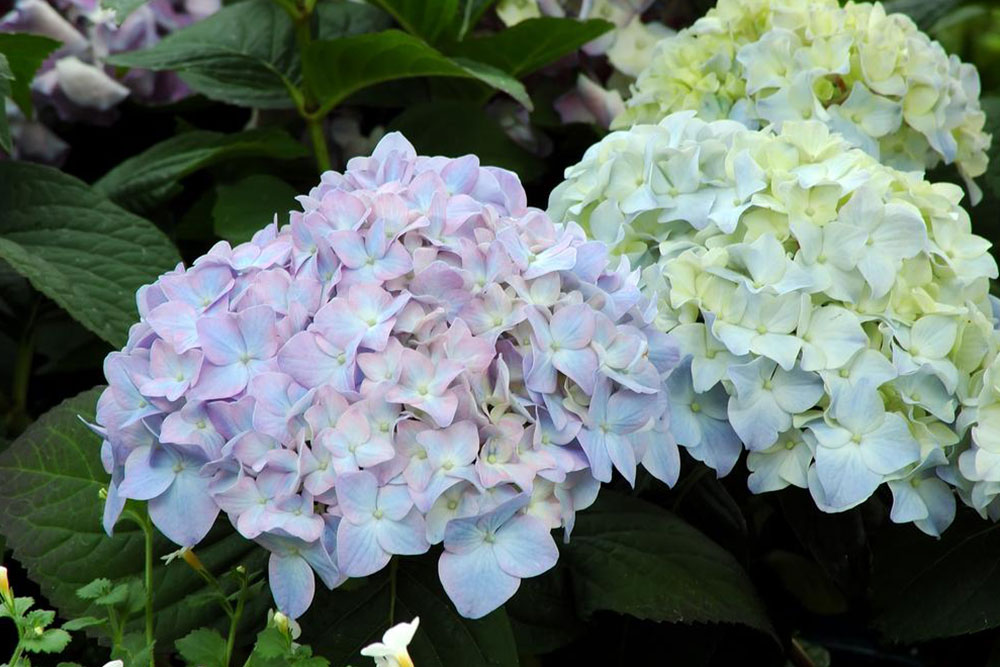
Hydrangeas are stunning flowering bushes available in a spectrum of shades such as sky blue, bright pink, icy white, lavender, and blush. Their signature feature is the large, multi-flowered heads composed of numerous smaller blossoms. These versatile plants thrive in a variety of soils and bloom from mid-summer through fall, often when other plants have ceased flowering, making them a highlight in any garden. They can be placed individually or grouped for a dramatic effect.
What Makes Hydrangeas Unique?
A fascinating fact is that hydrangea flower colors change depending on soil pH, due to the availability of aluminum ions. Acidic soils (pH < 5.5) produce blue flowers, while alkaline soils (pH > 5.5) yield pink blooms. White hydrangeas remain unaffected by soil pH.
How to Plant Hydrangeas
For optimal growth, space hydrangeas 3 to 10 feet apart in nutrient-rich, moist soil. If soil lacks moisture, incorporate compost. Best planting seasons are spring and fall. Dig a hole, fill it halfway with soil, water thoroughly, then add more soil to cover the roots. Ensure proper drainage.
Proper watering is essential; dry soil causes wilting leaves. Fertilize sparingly—over-fertilizing promotes leafy growth over flowers. In nutrient-rich soil, fertilization isn't necessary. In sandy soils, feed once in late winter or spring. During autumn, mulch with leaves, pine needles, or straw, piled 18 inches high, or enclose plants with wire cages filled with leaves to protect them during winter.
Pruning Hydrangeas
To prune, cut back one or two of the oldest stems to the ground to encourage new branching. For older, damaged, or neglected plants, prune all stems at the base to revitalize the shrub. Deadheading involves removing spent blooms for a tidy appearance. Pruning methods vary by hydrangea type. Mophead and lacecap varieties should be pruned after flowering, while panicle and smooth hydrangeas are best pruned in late winter before bud break. Only remove dead wood to promote healthy growth.



